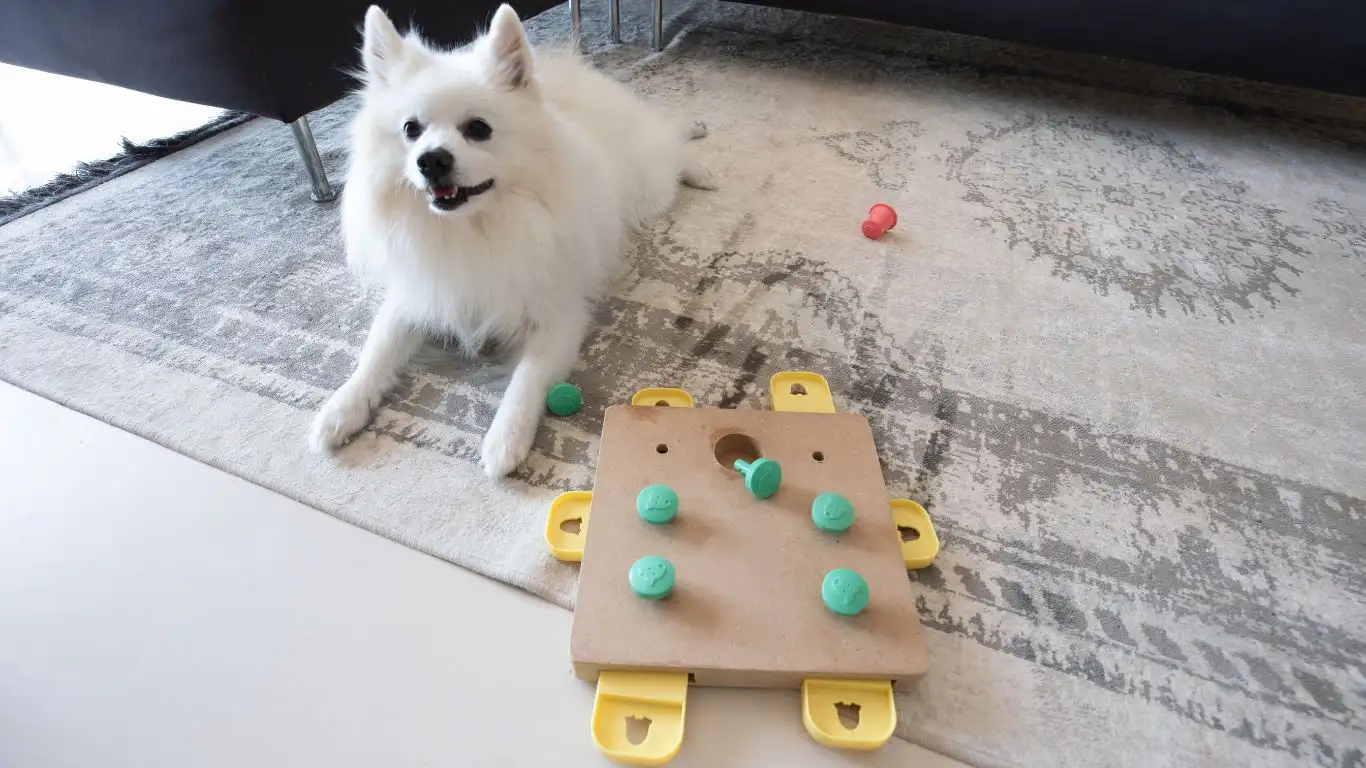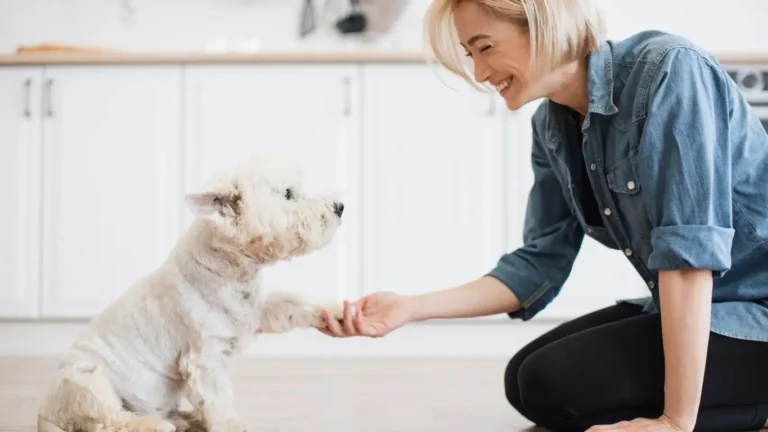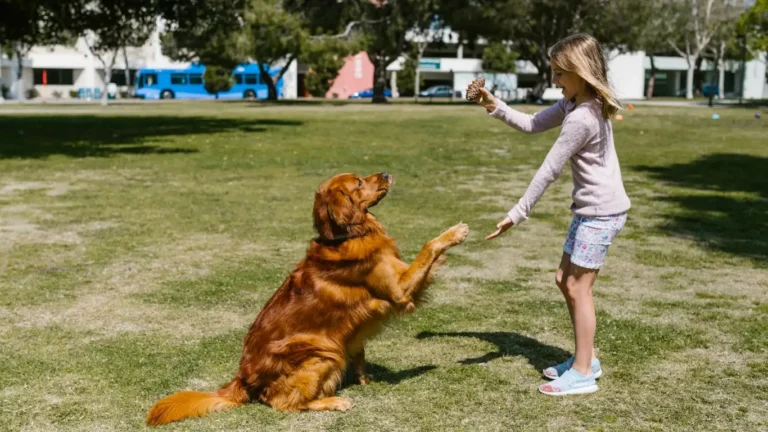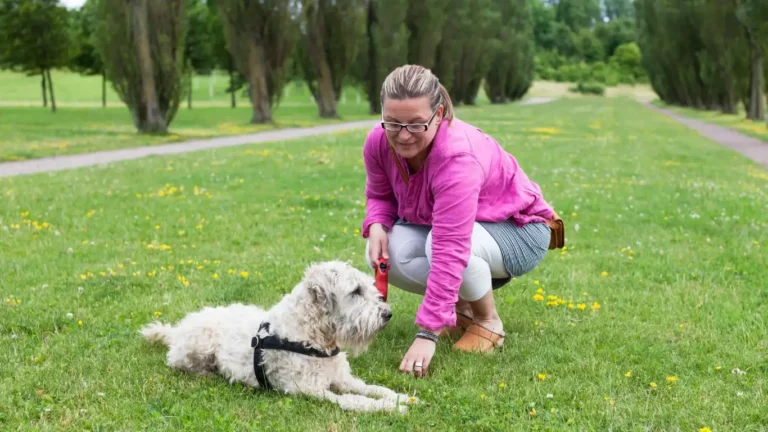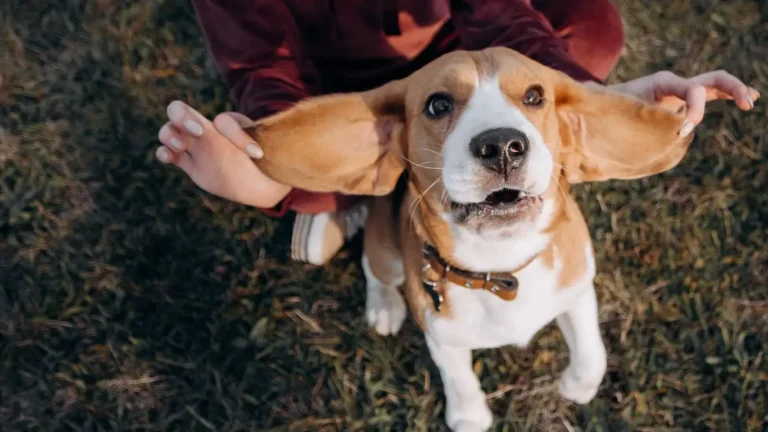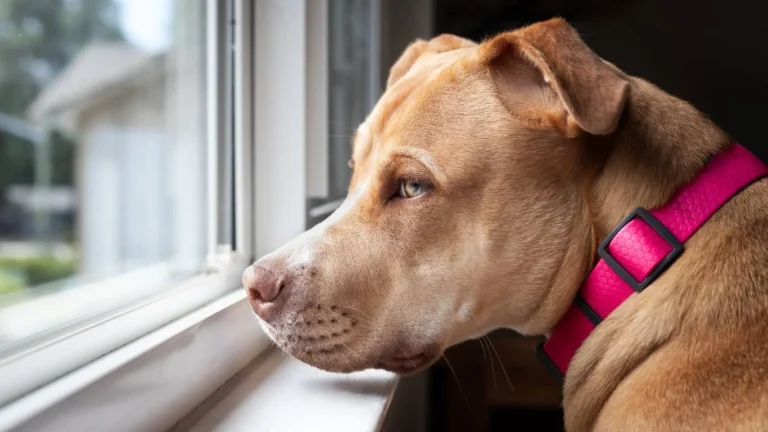How to Train a Dog to Ignore Food on the Ground: Expert Tips
As a Canine-Assisted Therapy Trainer, I’ve seen it all—dogs with amazing focus, and dogs who can’t resist the call of a tasty treat on the ground. One of the most common issues dog owners face is how to train a dog to ignore food on the ground. It might seem simple, but it’s one of those things that requires patience, consistency, and a bit of understanding about your dog’s instincts. Over the years, I’ve worked with many dogs who love to scavenge and couldn’t care less about what I was asking them to do when there was food nearby. But I’ve also had a lot of success in teaching them to ignore distractions, including food. So, if you’re struggling with this issue, you’re definitely not alone. Let’s break it down and see how you can train your dog to ignore food on the ground and keep their attention on you, even in those tempting situations.
Understanding the Importance of Teaching “Leave It”
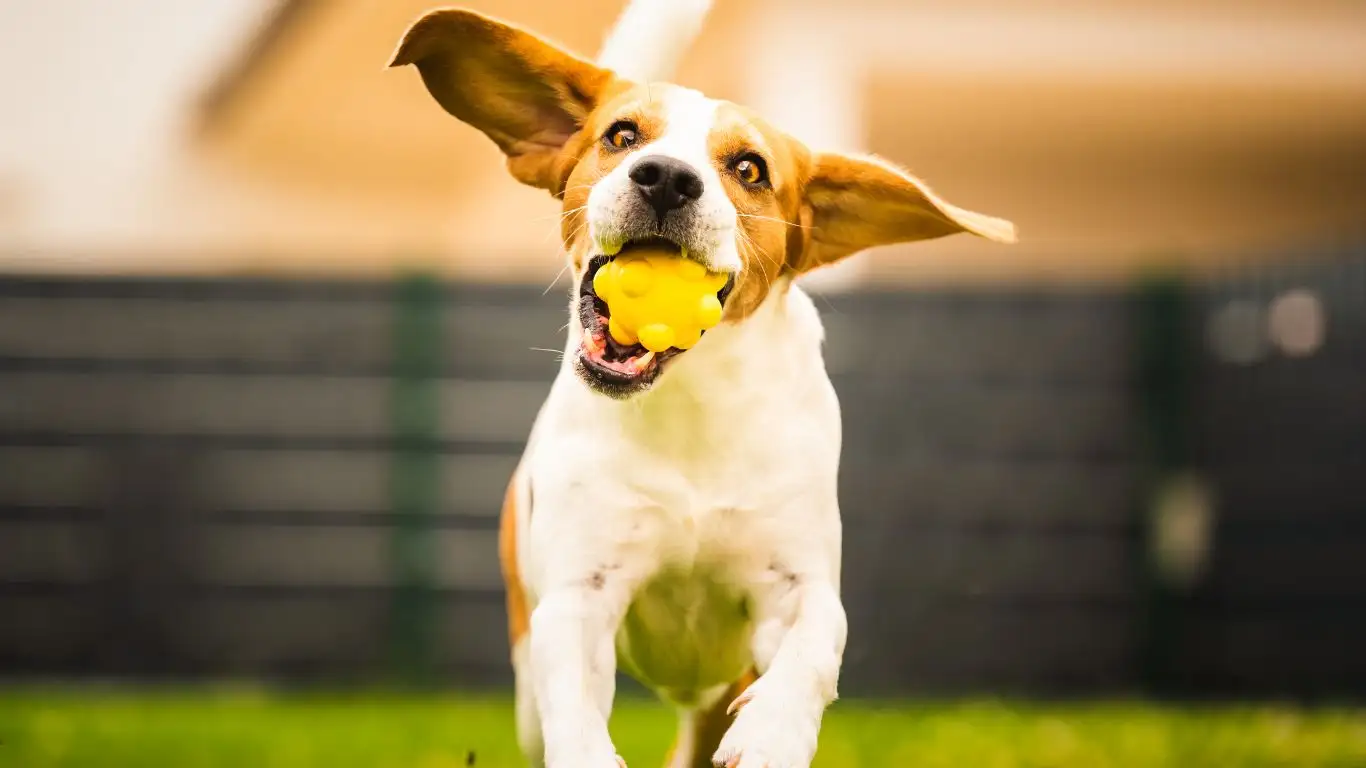
Before we dive into the techniques for teaching your dog to ignore food, let’s take a step back and talk about the importance of teaching your dog to “leave it.” This simple command is one of the most crucial in your dog’s training toolkit. It’s not just for food—it applies to everything your dog might find enticing but that you don’t want them to interact with, like trash, other animals, or even objects they’re not allowed to touch.
When your dog learns to leave something alone on command, it helps prevent dangerous situations (like eating something toxic or harmful) and builds better communication between you and your dog. It’s not just about control—it’s about trust. When your dog understands that ignoring certain things will result in a positive outcome, they’re more likely to listen when you ask them to focus on something else, like you or another task.
Why Do Dogs Love Food on the Ground?

To understand how to train a dog to ignore food on the ground, we need to first understand why dogs are so motivated by food. It’s in their nature. Dogs are scavengers by instinct, and anything that smells good—especially food—triggers their natural instincts to snatch it up. This isn’t a behavioral issue as much as it’s an innate drive that’s hardwired into them.
Think about it: dogs evolved from wolves, and wolves are hunters and scavengers. They’ve been conditioned to look for food at every opportunity, and it’s no surprise that your dog will immediately zone in on any morsel lying on the ground. Whether you’re walking them in the park or they’re in your living room, food on the ground is just an irresistible temptation.
Setting the Stage for Success
Before you even start teaching your dog the “leave it” command, it’s important to set yourself and your dog up for success. Make sure you have some treats on hand that your dog finds particularly irresistible—something that motivates them more than the food you’re trying to keep them away from. This is important because it’s all about making sure that when your dog ignores the food on the ground, they get something even better in return.
Once you’ve got your dog’s favorite treats ready, find a quiet spot with few distractions. You’ll want to start in a controlled environment where the temptation of food can be easily introduced, and where your dog can focus on you without too many other distractions. I always recommend starting indoors or in a fenced area where your dog won’t get too distracted by outside noises or animals.
The First Step: Introducing the “Leave It” Command

Now, let’s get into the fun stuff—the training! The first step in teaching your dog to ignore food on the ground is to introduce the “leave it” command. This can take some practice, so be patient and consistent. Here’s how to get started:
- Start with the treat in your hand: Hold a treat in your closed hand and let your dog sniff, lick, or nudge it. Don’t let them have it. They will likely try everything to get it, and this is where the training starts. Don’t give in!
- Say “leave it” in a calm, firm voice: As soon as your dog stops trying to get the treat and backs off, reward them with praise and a treat from your other hand. The key here is to reward them only when they stop trying to get the treat, not when they’re still focused on it.
- Repeat the process: Keep practicing this exercise for a few minutes at a time. Gradually, your dog will start to associate the phrase “leave it” with the reward of a better treat.
Once your dog has mastered the “leave it” command with treats in your hand, you can move to the next step: placing the food on the ground.
Gradually Increase the Challenge
Now that your dog understands the basics, you can increase the difficulty by placing food on the ground. Start by placing a piece of food in a safe, controlled environment where there’s minimal distraction. Give the “leave it” command and see if your dog will ignore the food and look to you for a reward.
If your dog tries to grab the food, gently pull them away with the leash and try again. It may take several attempts before they start to understand the association between “leave it” and the reward. Be patient, and don’t get discouraged. Every time your dog successfully ignores the food, praise them enthusiastically and give them a treat!
At this point, you’re well on your way to teaching your dog to ignore food on the ground. But remember, consistency is key. The more you practice, the quicker your dog will learn to focus on you, rather than the temptation of food.
Building on Success: Introducing New Environments
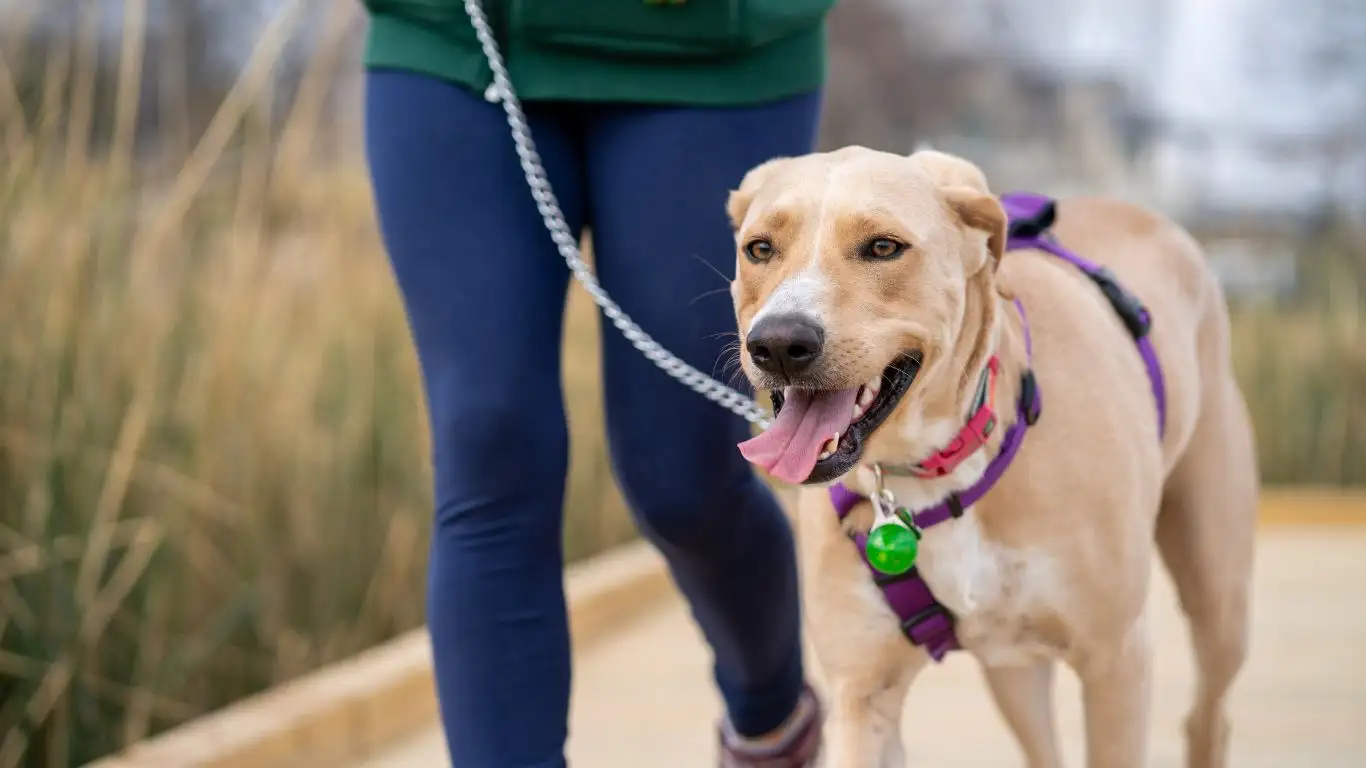
Once your dog is getting the hang of ignoring food in a controlled environment, it’s time to introduce new challenges. After all, teaching your dog to ignore food on the ground indoors is a great start, but real-life situations often happen outside or in more distracting environments. The goal is to ensure that your dog can maintain their focus no matter where they are. This next step is about transferring the skill to different situations.
Start by moving your training to a different room in the house, or even outside in your yard, where there are a few more distractions. I like to call this “proofing” your dog’s training. The idea is to ensure that your dog can perform the “leave it” command not just in one place, but anywhere. This takes patience, but it’s an important step in making sure your dog really understands the behavior.
Adding Distractions to the Mix
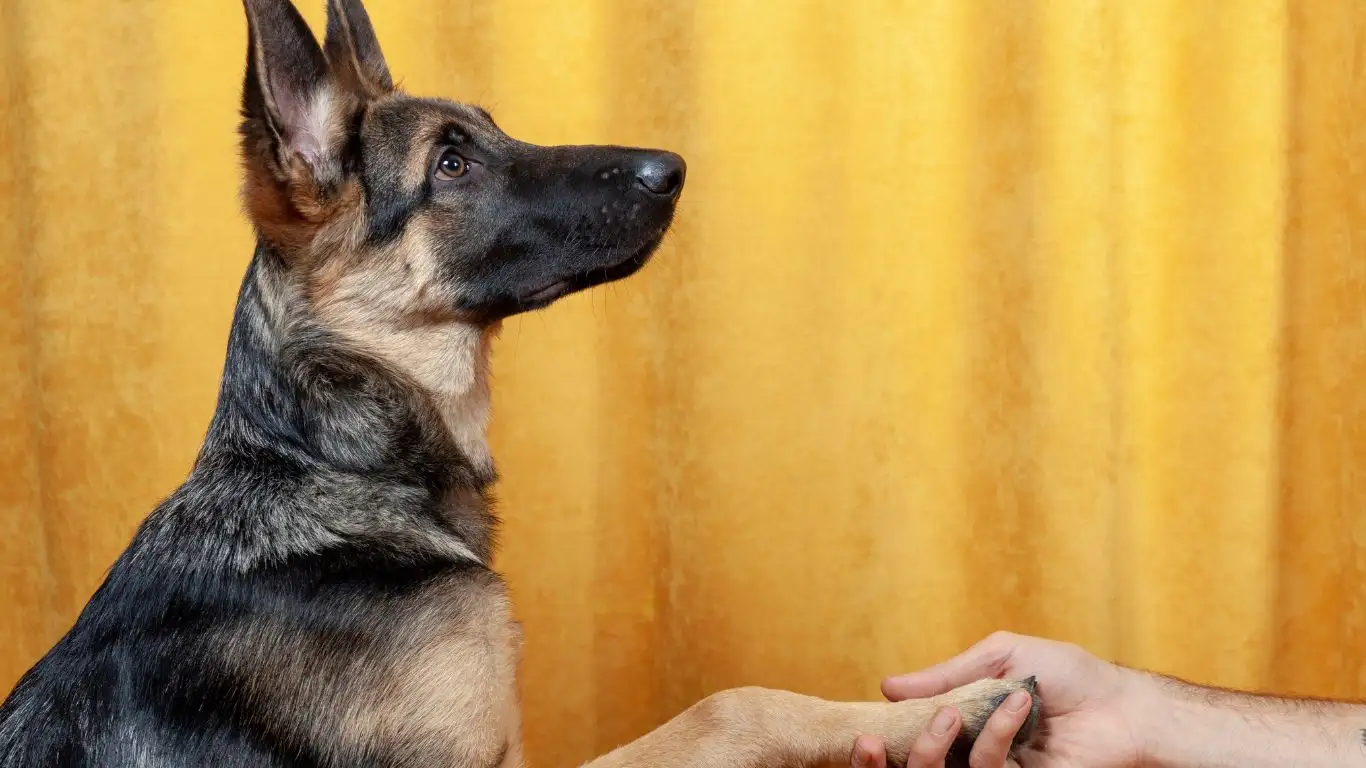
Once your dog is consistently leaving food on the ground in familiar spaces, you can start introducing mild distractions. This could be something simple, like a family member walking around, or a ball bouncing across the floor. The idea is to make sure your dog stays focused on the task at hand, rather than getting distracted by the world around them.
As I’ve learned over the years, one of the most important things to remember is that training takes time, and not every dog learns at the same pace. Some dogs may take to ignoring food quickly, while others need more time and repetition. The key is to stay consistent and keep practicing. If your dog breaks focus and grabs the food, simply reset the training by gently guiding them back to the task at hand. Don’t punish them—just take it as an opportunity to teach them again.
And here’s a little trick I’ve found works wonders: when adding distractions, try doing your training when your dog is a bit hungry or has already had some playtime. This way, they’re a little more focused on working for the reward rather than getting distracted by the food. You’ll see better results when their energy levels are a bit more manageable.
Using Positive Reinforcement: Rewarding the Right Behavior

Now, let’s talk about the magic ingredient that makes all training successful—positive reinforcement. If you want your dog to ignore food on the ground, you have to reward the behavior you want to see more of. And in this case, it’s not just about giving them treats every time they “leave it,” but also rewarding their attention and focus on you. After all, dogs thrive on attention and approval, so the more you reinforce their good behavior, the more likely they’ll repeat it.
Whenever your dog successfully ignores food and looks to you for guidance, make sure you reward them not just with a treat, but with enthusiastic praise. Words like “Good boy!” or “Yes!” combined with a tasty treat can help cement the behavior in their mind. It’s like saying, “You’re doing exactly what I want, and I’m so proud of you!” Trust me, your dog will love it.
Gradual Fading of the Reward
As your dog becomes more consistent with the “leave it” command, you can start to gradually fade out the treats. Don’t get me wrong—treats are still a valuable part of the process, but at some point, you’ll want your dog to understand that their behavior is not just about the treat, but also about your approval. You can begin by rewarding with praise and treats intermittently, so your dog continues to be motivated by the praise but doesn’t expect food every time.
This technique is called “variable reinforcement,” and it’s a powerful way to maintain behavior in the long run. Just like us, dogs get a little more excited when the reward is unpredictable, and it helps keep them engaged without over-relying on food. It’s one of the best ways to ensure that the behavior sticks for the long haul.
Dealing with Setbacks: Don’t Get Discouraged
Let’s be real for a second: no matter how well-trained your dog is, there will be moments when they slip up. It’s important not to get discouraged during these setbacks. Whether it’s a new environment or a particularly delicious-smelling piece of food, your dog might not always succeed at ignoring food on the ground. But that doesn’t mean they’ve forgotten everything they’ve learned—it just means they need a little more practice in certain situations.
Remember, I’ve been there. There have been times when I thought I was making huge progress with a dog, only to see them dive straight into a pile of food that I thought they had learned to ignore. But here’s the thing: dogs are like people—they have good days and bad days. What matters is how you respond. Rather than punishing them or getting frustrated, take it as an opportunity to reinforce the lesson again. Stay calm, reset, and keep practicing.
Another trick I’ve learned is to keep training sessions short and fun. Dogs, especially younger ones, can get bored or overwhelmed if training goes on too long. So, keep it lighthearted and focused. If you notice your dog getting distracted or frustrated, take a break, give them a few minutes to relax, and then come back to the training. Sometimes a little rest can make all the difference.
Training Outside the Home: Tackling Public Distractions
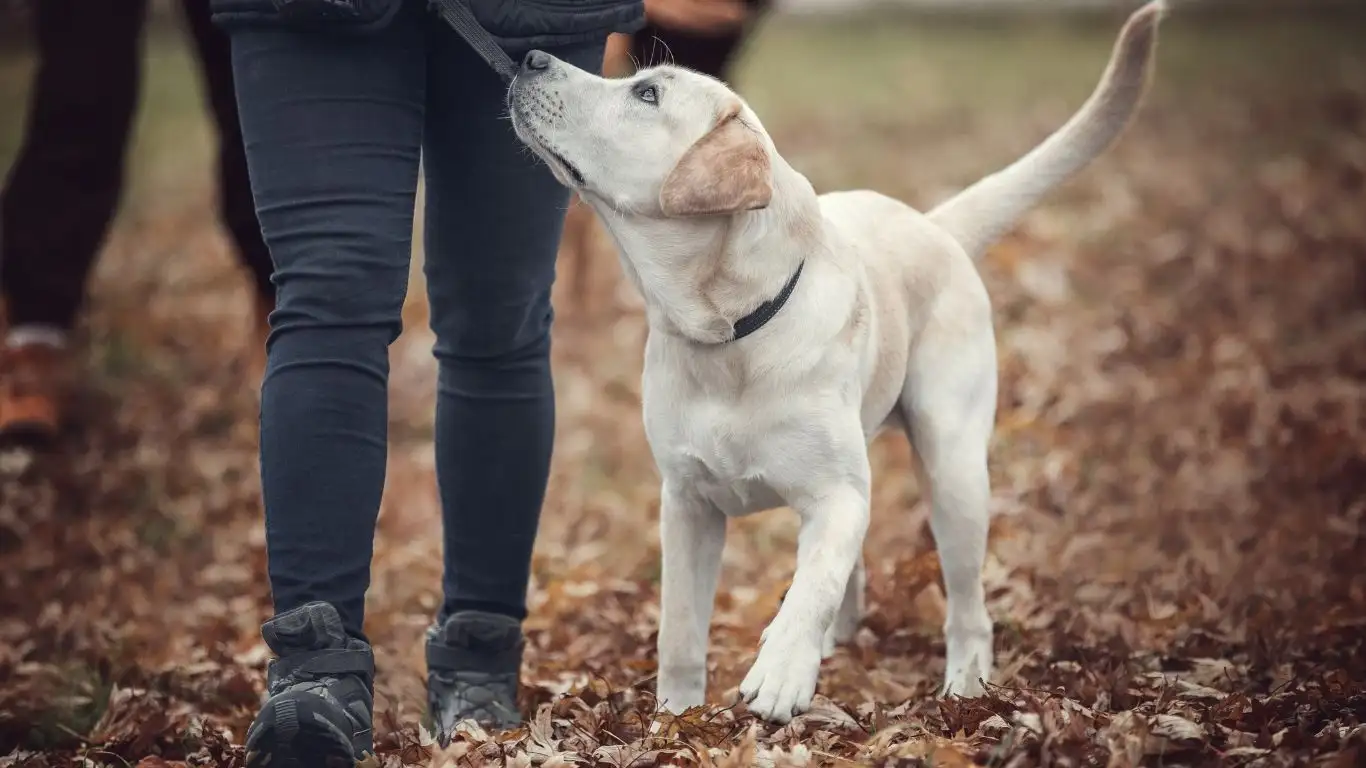
So, your dog is doing great at ignoring food in the house and even in your yard. But the true test comes when you take them out in public. Whether it’s a busy park or a walk down the street, there are so many distractions to deal with, and food on the ground becomes even more tempting. This is where your dog’s training can really be put to the test. If you want to ensure that your dog will ignore food in the real world, you need to gradually work your way up to higher-distraction environments.
The first thing I always recommend is taking your dog to a less crowded area—somewhere with a little more action than your backyard, but not overwhelming. A quieter park or an empty street can be a great place to start. Again, keep your dog on a leash, so you have control over them while they practice ignoring food in a more open environment. Make sure to bring along some of their favorite treats to reward their good behavior, and begin with the “leave it” command as you did in the earlier training steps.
Overcoming Public Temptations
As you start venturing into more crowded places, expect to face even more distractions. People, other dogs, and—yes—food on the ground from picnickers, street vendors, or just careless passersby. This is where consistency and patience will pay off. Just like in the quieter settings, when your dog successfully ignores the food, reward them immediately with praise and a treat.
But don’t be discouraged if they get distracted at first. Public spaces are full of enticing smells and sights, and it takes time for a dog to learn that ignoring food can be just as rewarding as picking it up. One technique I’ve found helpful is to gradually increase the level of challenge. Start in a quieter area and work your way up to busier places, such as outdoor cafes or busy sidewalks. This approach mimics real-world scenarios and helps your dog become accustomed to ignoring food in all sorts of situations.
One thing to note is that if your dog does happen to grab food off the ground during a walk, don’t panic. I’ve been there too many times, and the last thing you want is to reinforce negative emotions. Instead, calmly and gently redirect your dog with a firm “leave it” command and a treat as a reward for looking away from the food. Repeat this consistently and calmly. Over time, they’ll get the hang of it.
Using Leash and Body Language for Better Control
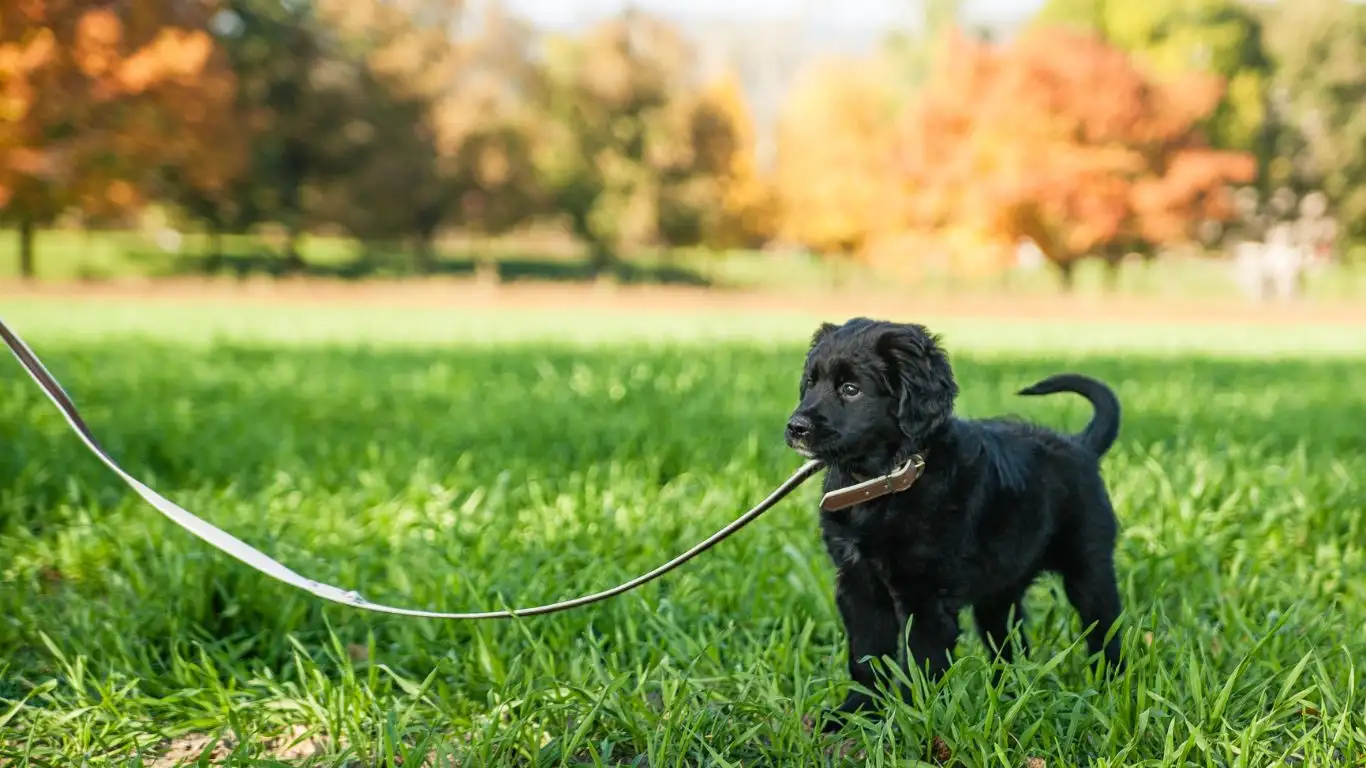
Another important aspect of training your dog to ignore food on the ground is making use of your leash and body language. I know some people may think using a leash for such a task feels like overkill, but trust me—it can make all the difference. A leash provides you with immediate control and gives you the ability to guide your dog away from distractions. It’s particularly useful during outdoor training sessions when there are many other temptations around.
Your body language is also key here. Dogs are highly tuned into our movements and signals, so using a confident, calm posture can help them feel secure. When you’re working on the “leave it” command in public or high-distraction areas, make sure your body is relaxed and your commands are clear. This lets your dog know that you’re in control of the situation and that you expect them to listen to you. Always maintain a calm demeanor, as your dog will pick up on any anxiety or frustration you may feel.
Refining the “Leave It” Command in Different Scenarios
Once your dog is comfortable ignoring food in public areas, you can begin refining the command in different scenarios. For instance, if your dog is out walking and you see food ahead, you can practice the “leave it” command preemptively, before they even get close to the food. This helps them learn to be proactive about avoiding distractions, rather than reacting after the fact. It’s like preemptively setting them up for success instead of just waiting for them to fail.
Don’t forget, reinforcing this behavior consistently is crucial. I’ve found that dogs learn best when the “leave it” command is used not just during formal training sessions but throughout daily life. So, during walks or playtime, if you see something tempting on the ground, don’t hesitate to give the command and reward your dog for ignoring it. The more practice they get in different settings, the more reliable the behavior becomes.
Dealing with Relapses: What to Do If Your Dog Goes Back to Old Habits
As with any behavior, relapses can happen. Your dog might start to revert back to old habits, like grabbing food off the ground, especially if they’re feeling distracted, stressed, or overwhelmed. Don’t worry—this is completely normal! All dogs, no matter how well-trained, can slip up now and then, and it’s important to respond with patience and consistency.
If you notice your dog ignoring the “leave it” command, don’t punish them. Instead, go back to the basics. Calmly reset the training session and reintroduce the steps, starting with a controlled environment. You might need to scale back the difficulty, making sure the distractions are minimal before working up to more challenging scenarios. Training is always a process, and setbacks are just part of the journey.
Remember that if your dog grabs food on the ground, it’s an opportunity to teach them again. Take a deep breath, stay calm, and gently guide them through the behavior. Over time, they’ll learn that ignoring food on the ground not only keeps them safe but brings about positive outcomes. Trust the process, and don’t get discouraged if things don’t go perfectly every time.
References
Disclaimer
This article is intended for general informational purposes and should not be construed as professional veterinary advice. Always consult a certified dog trainer or a veterinarian if you have specific concerns about your dog’s behavior or health. Every dog is unique, and what works for one may not work for another. Be patient, consistent, and keep your training sessions positive and enjoyable!
